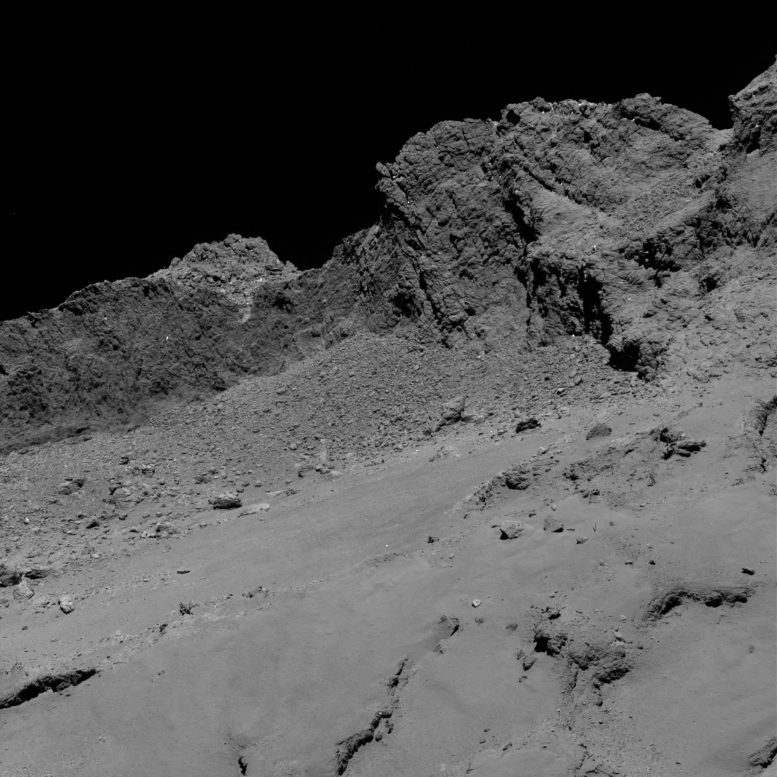
The OSIRIS narrow-angle camera aboard the Space Agency’s Rosetta spacecraft captured this image of comet 67P/Churyumov-Gerasimenko on September 30, 2016, from an altitude of about 10 miles (16 kilometers) above the surface during the spacecraft’s controlled descent. The image scale is about 12 inches (30 centimeters) per pixel and the image itself measures about 2,000 feet (614 meters) across.
These newly released images are the last taken by ESA’s Rosetta Spacecraft shortly before its controlled impact into the comet 67P/Churyumov-Gerasimenko.
A new image of comet 67P/Churyumov-Gerasimenko was taken by the European Space Agency’s (ESA) Rosetta spacecraft shortly before its controlled impact into the comet’s surface on September 30th, 2016. Confirmation of the end of the mission arrived at ESA’s European Space Operations Center in Darmstadt, Germany, at 4:19 a.m. PDT (7:19 a.m. EDT / 1:19 p.m. CEST) with the loss of signal upon impact.
The final descent gave Rosetta the opportunity to study the comet’s gas, dust, and plasma environment very close to its surface, as well as take very high-resolution images.
The image was taken from an altitude of 167 feet (51 meters) above the comet’s surface by the spacecraft’s OSIRIS wide-angle camera on September 30th. The image scale is about two-tenths of an inch (5 millimeters) per pixel. The image measures about 9 feet (2.4 meters) across.
The decision to end the mission on the surface is a result of Rosetta and the comet heading out beyond the orbit of Jupiter again. Farther from the sun than Rosetta had ever journeyed before, there would be little power to operate the craft. Mission operators were also faced with an imminent month-long period when the sun is close to the line-of-sight between Earth and Rosetta, meaning communications with the craft would have become increasingly more difficult.
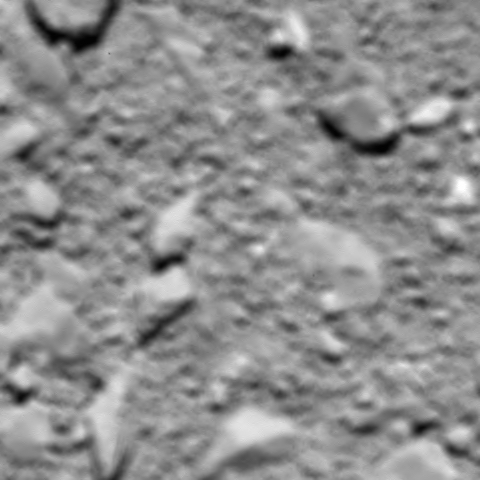
Rosetta’s last image of Comet 67P/Churyumov-Gerasimenko, taken shortly before impact, at an estimated altitude of 51 m above the surface. The image was taken with the OSIRIS wide-angle camera on 30 September. The image scale is about 5 mm/pixel and the image measures about 2.4 m across.
The European Space Agency’s Rosetta mission was launched in 2004 and arrived at comet 67P/Churyumov-Gerasimenko on August 6, 2014. It is the first mission in history to rendezvous with a comet and escort it as it orbits the sun. On November 4, 2014, a smaller lander named Philae, which had been deployed from the Rosetta mothership, touched down on the comet and bounced several times before finally alighting on the surface. Philae obtained the first images taken from a comet’s surface and sent back valuable scientific data for several days.
U.S. contributions aboard the Rosetta spacecraft are the Microwave Instrument for the Rosetta Orbiter (MIRO); the Alice spectrograph; the Ion and Electron Sensor (IES), part of the Rosetta Plasma Consortium Suite; and the Double Focusing Mass Spectrometer (DFMS) electronics package for the Rosetta Orbiter Spectrometer for Ion Neutral Analysis (ROSINA). They are part of a suite of 11 total science instruments aboard Rosetta.
Comets are time capsules containing primitive material left over from the epoch when the sun and its planets formed. Rosetta is the first spacecraft to witness at close proximity how a comet changes as it is subjected to the increasing intensity of the sun’s radiation. Observations will help scientists learn more about the origin and evolution of our solar system and the role comets may have played in the formation of planets.
Rosetta is an ESA mission with contributions from its member states and NASA. Rosetta’s Philae lander is provided by a consortium led by the German Aerospace Center, Cologne; Max Planck Institute for Solar System Research, Gottingen; French National Space Agency, Paris; and the Italian Space Agency, Rome. NASA’s Jet Propulsion Laboratory, Pasadena, California, a division of Caltech, manages the U.S. contribution of the Rosetta mission for NASA’s Science Mission Directorate in Washington. JPL also built the MIRO and hosts its principal investigator, Mark Hofstadter. The Southwest Research Institute (San Antonio and Boulder, Colorado), developed the Rosetta orbiter’s IES and Alice instruments and hosts their principal investigators, James Burch (IES) and Alan Stern (Alice).

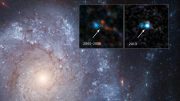

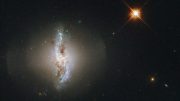
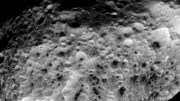

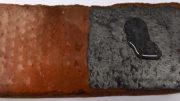


The final image of bird shaped comet studied by Rosetta gives a better picture of its water washed surface and the primitive material formed mountains and it presents itself to be a miniature satelite of
any planet more indicatively that of Phobos and Deimos of Mars which are uneven stones probably caught by the Mars from a rendezovous of a comet thereby.